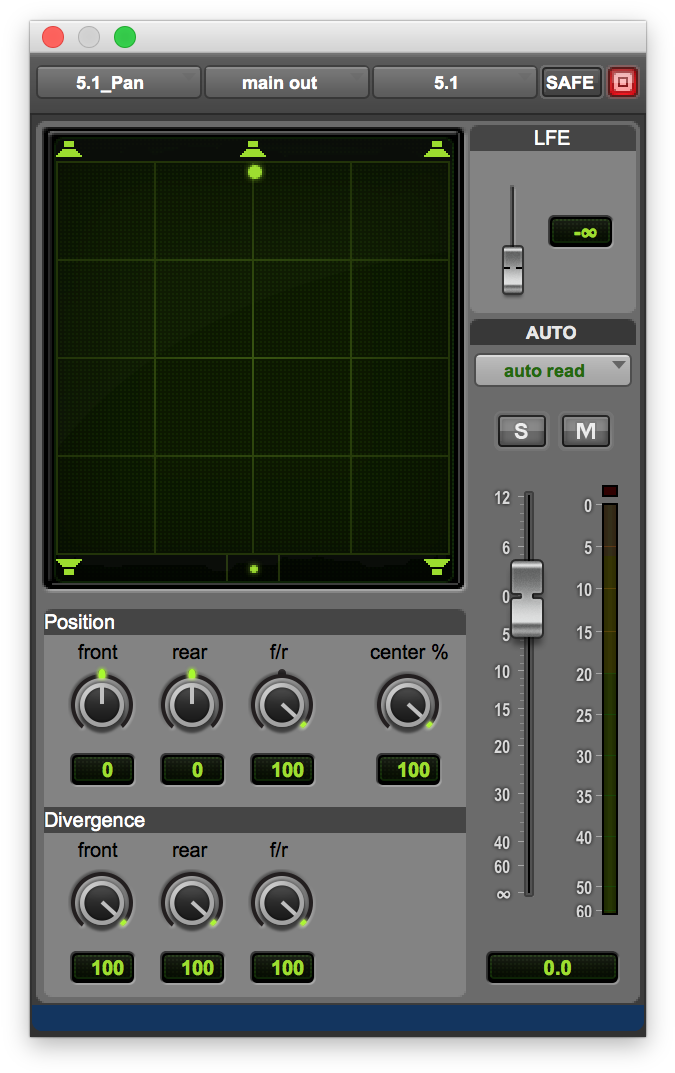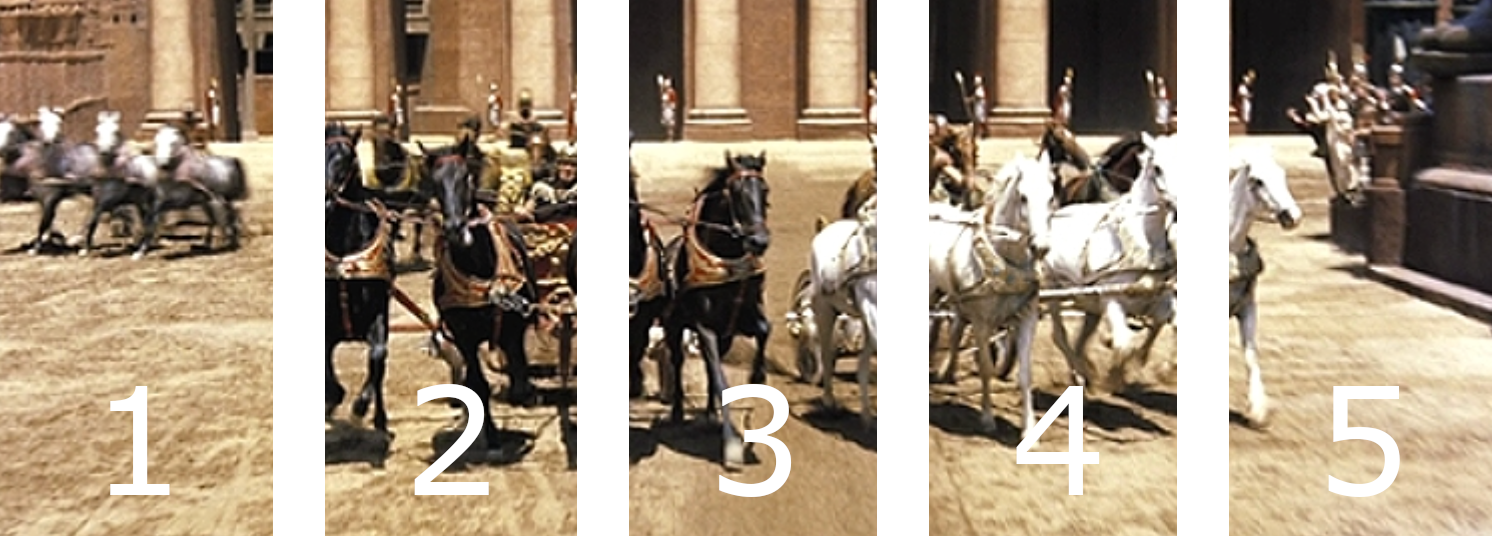WRITTEN BY JEFF SHIFFMAN
CO-OWNER OF BOOM BOX POST
Mixing for multiple mediums is difficult. What once was a straight forward process (project A is for theatrical release, project B is for TV, etc) has evolved over the years to become much more complicated. Every film, though it may start out in theaters, will undoubtedly also be consumed on an iPhone.
How do we deal with the wide variety of ways viewers will consume our mixes?
I for one think we need to stop panning materials like it’s all going to a giant screen. I try to live life by the “everything in moderation” mantra and I think it serves us well to approach mixing for multiple mediums in this way. Assuming television is the middle ground between the tiny screens in our pockets and the giant screens of the multiplexes, ask yourself how things have been translating lately to your living room? In my experience, we are over-panning.
Why do we pan elements left and right?
Panning helps us make our mixes as immersive as possible. Without any panning at all, a mix is bland. Too much panning however, can be a distraction.
Panning basics
For our purposes, I’d like to talk about the handy 5.1 pan window found in Pro Tools because it provides a nice visual reference. You can of course just use a basic pan knob for left/right panning or go nuts with the Atmos panner, but that’s another post. This pan window divides the 5.1 space up into a 4x4 grid. From what I’m hearing in many mixes, I think a lot of mixers are mapping this grid roughly onto the picture, and panning accordingly. For example, a character is halfway between the center of the screen and the right edge of frame, so the mixer will pan their dialogue one full square over to match the relative placement.
I think this is where we are going wrong. My approach to panning is not to see the picture as an exact road map, panning everything in the pan window to exactly to match its location. I just don’t think that method translates that well on smaller screens.
My approach to panning
I see panning as a spice, to be used sparingly. Therefore, I have a few rules on when/how I pan in my mixes:
The no brainer - Consistent off screen materials
“Every film, though it may start out in theaters, will undoubtedly also be consumed on an iPhone.”
Character leaving frame (action/dialogue continues once out of sight)
Character entering frame (action/dialogue starts out of sight)
Character not in frame (action/dialogue out of sight)
Grey area
Deliberate shifts in camera angle, placing a centered element off screen. I find that a little goes a long way in this situation. Cutting back and forth between extreme differences in panning can be jarring and take the audience out of the moment.
On-screen actions in the extreme left or right. If you were to split picture into 5 vertical segments, this would, at a minimum, be the farthest right and left segments (sections 1 & 5 in the image below).
When not to pan:
If a character is on screen and not near the far edges of frame (sections 2 & 4 in the image below) , I don’t pan. It just feels unnecessary to me and often does more harm than good. And if you feel you must pan in this way, never pan like this for objects in the distance. In real life, the further you are from something, the less you perceive it as one being to one side or the other.
Splitting picture up into a grid helps to demonstrate the concepts visually
A problem of perception
There is undoubtedly a perfect ratio location match of sound and picture. The issue is, the average viewer isn’t watching most media from the perfectly situated sweet spot in a movie theater. More often than not, they are holding a 7” phone in their lap with headphones broadcasting directly to each ear. In my experience, the average viewing distance of a phone is not conducive to a lot of left right panning. The same goes for the television in my living room.
Conclusion:
I’m not a mathematician whose going to throw listening position ratios at you, nor do I plan to get out the measuring tape to solve this problem. That’s not the point. There is of course no perfect solution. All I have to rely on are my ears, and I can say with relative consistency, over-panning often takes me out of the experience when watching on medium sized or small screens. I’m proposing a more modest approach that retains creativity without sacrificing the majority of our viewers. The genie is way out of the bottle and there’s no reconciling the vast array of ways in which our audiences are watching our work. Therefore, I think it makes a lot of sense to have some restraint in our panning practices. That said, this is just one mixer’s opinion, and that’s why I titled the post as I did. Maybe some day everyone will be watching our work in AR glasses, perfectly approximating the ideal distance from our eyeballs and we can go nuts with panning, but until that day, I’m still going to hold the line for making sensible choices for the average viewer.
Am I crazy or onto something? Let’s get the discussion going in the comments.
If you enjoyed this blog post, check these out!
Sound Editing & Mixing For 360 Video
How To Push Your Sound Design To The Max (While Not Stepping on Your Mixer’s Toes)
Lunch & Learn: Surround Panning for the Sound Effects Editor




